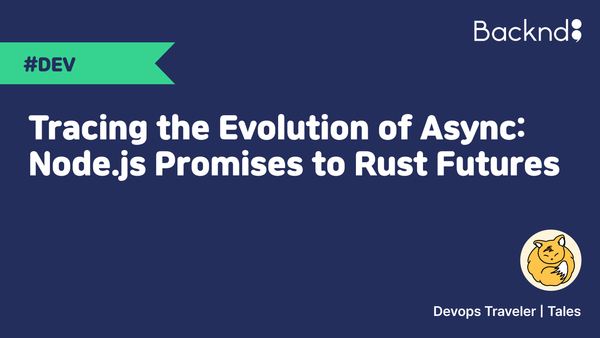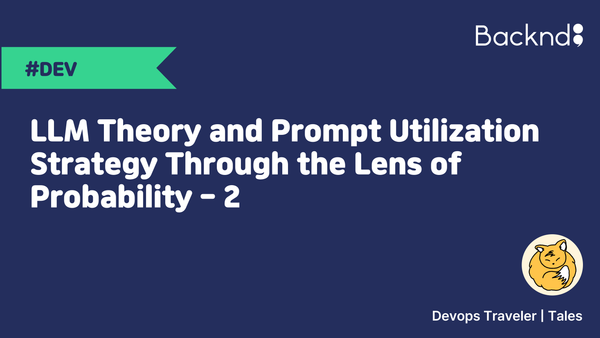Inside PlayX4 2025 Korea: What We Learned from the B2B Floor
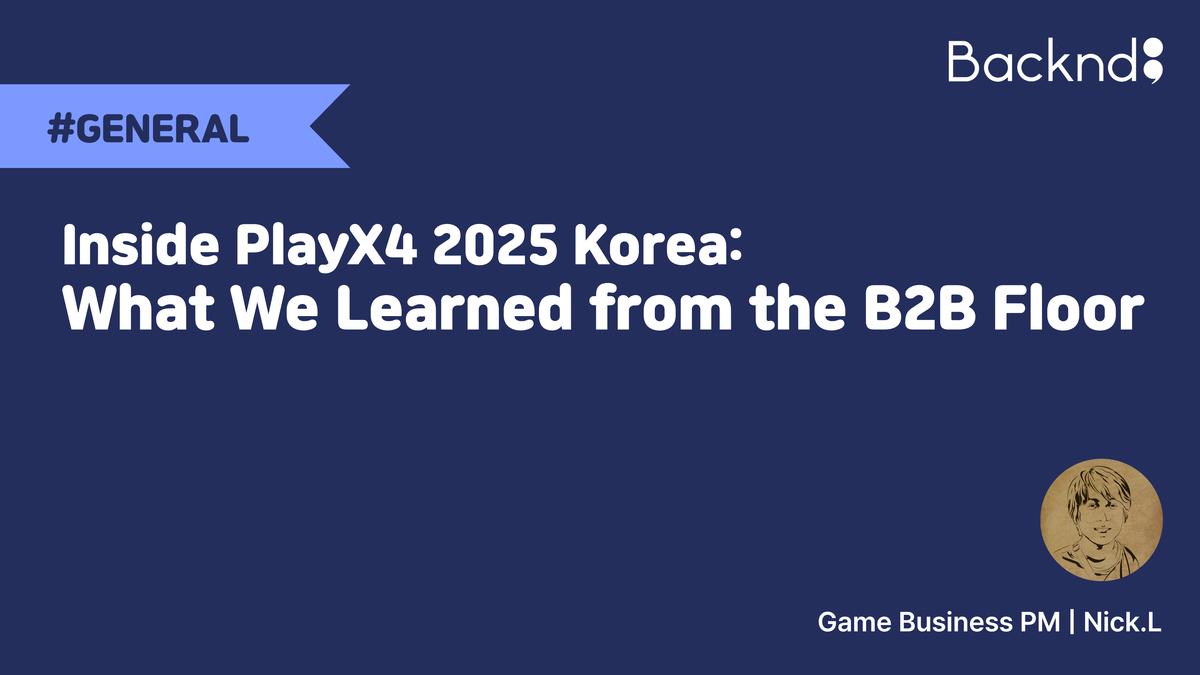
Written by Game Business PM : Nick.L, 5 June 2025
Today I’d like to share my experience visiting PlayX4 2025, held from May 22 to 25 at KINTEX in Goyang-si, South Korea.
This article highlights the other half of the event 'The B2B exhibition floor.' I’ll be diving into my experience in the B2B zone, where the real conversations behind the games took place.
Go and check 'Inside PlayX4 2025 Korea: B2C Highlights You Shouldn’t Miss!'
[Go and Check the B2C Highlithts]
While the B2C Hall was all about gamers enjoying new titles and interactive experiences, the B2B section of PlayX4 offered a completely different atmosphere.
This space was dedicated to real business interactions such as game developers meeting with publishers, investors, and platform partners to pitch their games, present their technologies, and explore potential collaborations. Naturally, the tone here was more reserved and focused, offering a rare glimpse into the actual dynamics and opportunities within the game industry.
Interestingly, the vibe of the B2B hall began to shift by Day 3 of the 4-day event. After walking through the entire space, my first thought was: “This is impressively well-organized.”
Let’s dive into the PlayX4 2025 B2B experience.
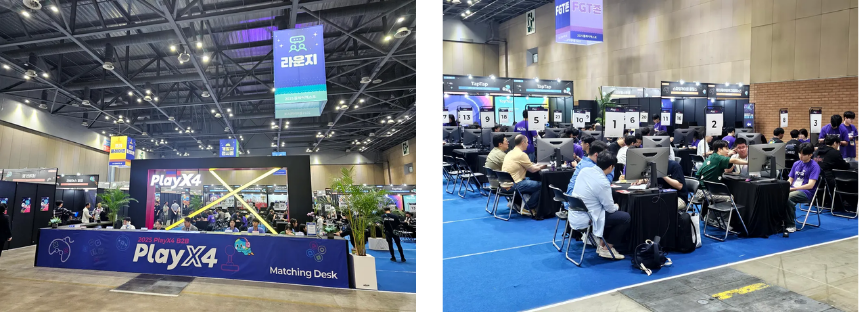
As soon as you step into the B2B Hall, the first thing you’ll encounter is the official PlayX4 B2B information desk.
This is where attendees register for access, get an overview of the event layout, and pick up printed materials including booklets with detailed information on participating companies and business matching schedules.
Just to the right of the desk was the B2B Business Matching Zone. Here, developers, publishers, investors, and service providers held 1:1 meetings to showcase their games, exchange ideas, and explore real partnership opportunities.
Notably, professional interpretation services were available throughout the day to accommodate international participants, and the structured, well-managed matchmaking system left a strong impression.
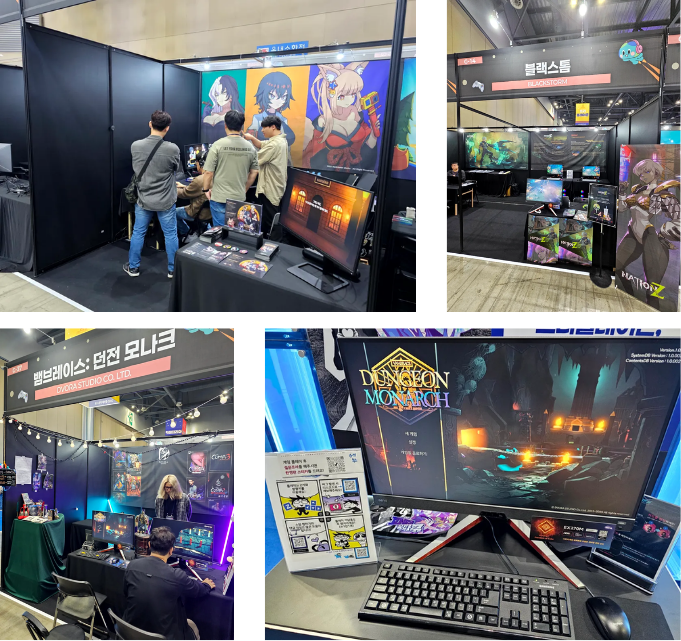
The B2B Hall featured a wide variety of booths. These booths were from various developers and service providers. The diversity of these booths met the level of the B2C zone. Indie teams to mid-sized studios participated actively, and it was common to see meetings taking place right at the booths.
Interestingly, many of the booths included dedicated demo areas.
Why? Because starting from Day 3, a portion of the B2B Hall was opened up to general B2C attendees. I will return with this point shortly.

On one side of the B2B exhibition area, industry forums and seminars were held throughout the four-day event.
The sessions covered topics such as Unity ML-Agents in real-world applications, AI-powered content generation, and even live demonstrations of AI directing in game scenes.
What stood out was the practical focus rather than just theory, the programs emphasized real implementations of technology within the game industry.

In one section of the B2B Hall, a dedicated Buyer Lounge and online meeting rooms were set up. The lounge offered a quieter atmosphere where ideal for those needing a break between back-to-back meetings.
It was also a practical space to organize notes or share feedback immediately after a meeting. However, one small downside was the seating arrangement: most tables were designed for four, yet often only one person occupied each. This left many seats unused. A layout with more two-person tables might have been a more efficient choice.
The online meeting rooms, on the other hand, were actively used for video calls with international buyers or local companies who couldn’t attend the event in person. Interestingly, I noticed just how many small regional studios were participating which shows an encouraging sign of the industry's breadth across Korea.
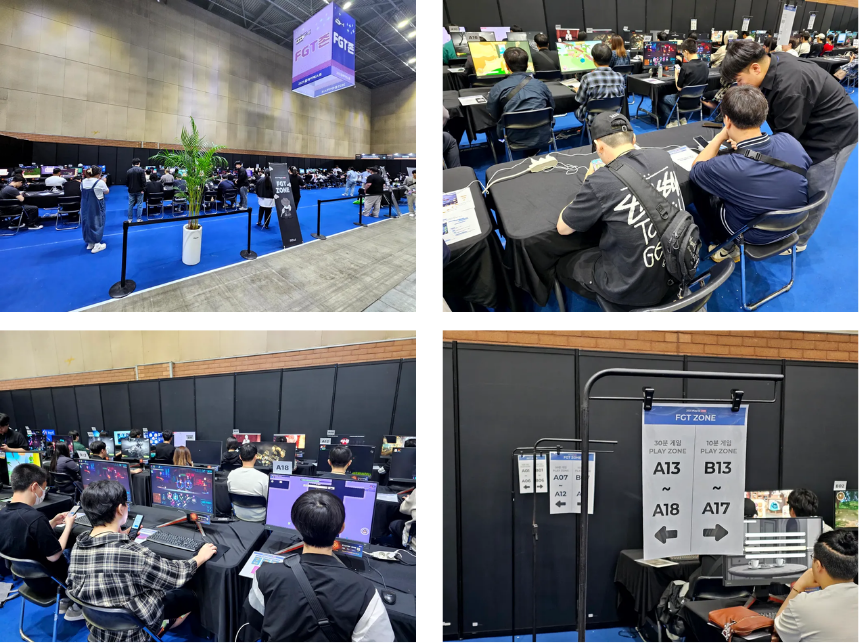
One of the most memorable areas in the B2B Hall was undoubtedly the FGT Zone (Focus Group Test Zone).
This space was made possible thanks to the proactive support of a QA and testing specialist company, and it was impressively well-designed which is closely replicating an actual game testing environment.
Not only was it beneficial for casual attendees wanting to try out unreleased games, but it also served as a valuable testing ground for developers to gather real feedback.
The FGT Zone allowed players to test games in scheduled blocks either 10-minute or 30-minute sessions. Therefore whether you just wanted a quick look or a deep dive into a specific title, the space was flexible enough to accommodate both styles.
The zone truly came to life starting on Day 3, when the B2B Hall opened up to general B2C attendees. And that’s when everything changed!
↓↓↓↓↓Take a look at the image below to see the transformation.↓↓↓↓↓

Normally separated by large partitions, the B2B Hall opened up to the public on Day 3 of the event.
This shift allowed general attendees from the B2C Hall to naturally flow into the B2B area where granting them rare access to unreleased titles and behind-the-scenes content typically reserved for industry insiders.
The impact was immediate. The FGT Zone, in particular, began buzzing with activity.
As players got hands-on with early builds and shared their feedback in real time, developers and publishers could directly observe audience reactions from turning the space into a truly meaningful touch point between creators and players.
B2B, But Make It Insightful: What I Saw at PlayX4
A Clear Trend: The Rise of PC Games in the B2B Hall as Well
As highlighted in our B2C recap, one of the most striking trends throughout PlayX4 2025 was the growing presence of PC games. This shift that was equally evident in the B2B Hall.
Many of the exhibiting teams were indie or small-to-mid-sized developers, making it difficult to generalize about the broader Korean industry. However, the fact that so many of them are pivoting toward PC is a telling sign. When asked why they chose to build for PC, several common themes emerged.
Once a PC build is stabilized, it generally requires fewer updates and faces fewer device compatibility issues than mobile games. Developers found this to be especially advantageous for smaller teams.
2. Easier publishing process via Steam.
Compared to Google Play or the App Store, Steam offers a smoother release process with fewer review hurdles and lower marketing costs, making it easier for teams to test and iterate in the market.
3. Less demanding UI/UX development.
Designing for a large PC screen and keyboard/mouse input was considered more manageable than adapting to various mobile screen sizes and touch interfaces. Many developers cited this as a reason for improved workflow and quality.
Beyond technical and operational reasons, market structure also played a role. Although competition in the mobile gaming industry has intensified and user acquisition (UA) costs have skyrocketed, the Steam ecosystem remains relatively indie-friendly, providing smaller studios with a more viable path to market.
With cross-platform development becoming the norm, starting on PC and later expanding to consoles or mobile has also become a common strategy. It was encouraging to see how PlayX4 showcased developers experimenting beyond Korea’s traditionally mobile-first landscape.
In short, this year's B2B Hall gave a clear glimpse into a future where Korean developers are broadening their platform strategies, and PC is firmly at the center of that evolution.
Conclusion
PlayX4 2025 proved to be a well-rounded and rewarding experience for both general attendees in the B2C hall and business participants in the B2B area.
The B2C exhibition was filled with hands-on content, from a wide range of indie games to board games, arcade zones, retro zones, and custom device booths. Visitors could not only watch but also play and engage directly with the games. Thanks to the newly launched GTX-A line, the venue was more accessible than ever, making the overall experience smoother and less tiring.
Meanwhile, the B2B hall was alive with business meetings and meaningful networking opportunities. The FGT Zone offered a chance to test pre-release titles, and forum sessions on AI and game technology provided valuable insights into industry trends and future directions.
With high hopes and expectations, we look forward to what PlayX4 2026 will bring.
👉 But wait… have you checked out the B2C recap yet?
From hands-on booths to the Steam Deck lounge and also even a game titled “Sexy Water Ghost of Horror”
Don’t miss out on 'Inside PlayX4 2025 Korea: B2C Highlights You Shouldn’t Miss!'
[Go and Check the B2C Highlithts]

© 2025 AFI, INC. All Rights Reserved. All Pictures cannot be copied without permission.

![[External Essay] Gamescom 2025 Interactions](/content/images/size/w600/2025/09/------1.png)

